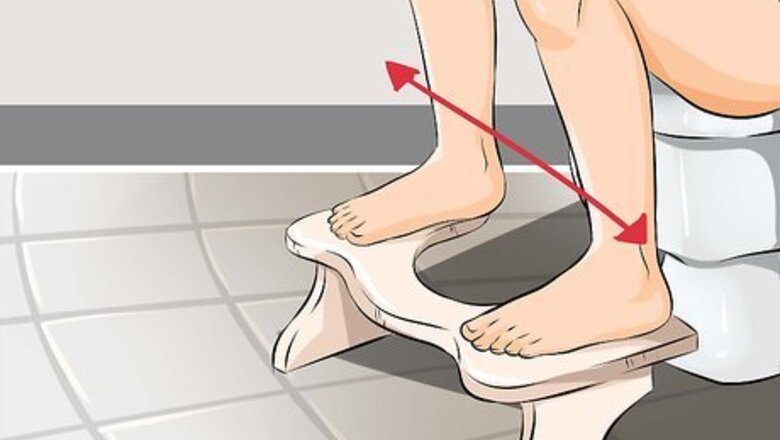
views
- Sit on the toilet with your knees spread, and take a few deep breaths to relax your muscles.
- Pull the string at the end of the tampon to gently remove it, then wrap it in a paper towel and drop it into the garbage.
- If the string breaks, don't panic. Just insert two fingers into your vagina and grab the tampon between them. Use your fingers to pull it out.
- Change your tampon every 3-5 hours, or when you experience any wetness. Also change it if there's blood on the string.
Removing Your Tampon
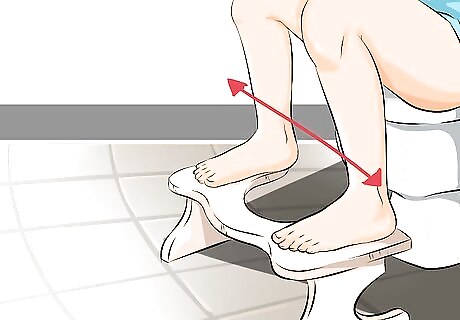
Sit on the toilet with your legs spread. Sitting over the toilet reduces any possible mess.
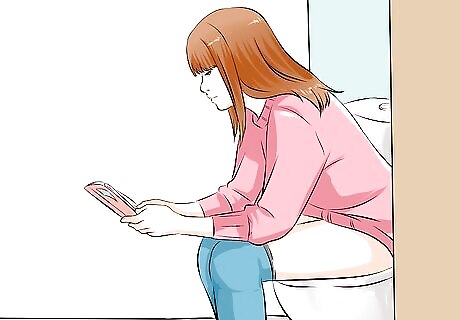
Relax. Removing a tampon should not be painful. If you are nervous, take a deep breath and distract yourself by reading a magazine. Do not clench your vaginal muscles. If you can't relax, try to pee a little. This may relax the muscles enough to allow you to remove the tampon easily.
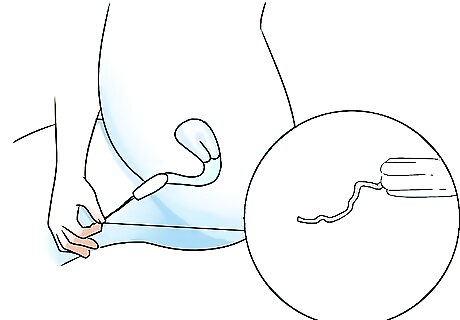
Pull the string at the end of the tampon. The tampon should slide out easily, with little or no resistance. If the tampon does not come out easily or it is painful to remove, it may not need to be changed. Unless it's been 8 hours (in which case you should try the peeing trick to ease its removal), leave the tampon in another hour or two and then check it. If you remove the tampon after 4-8 hours and there is very little blood, you may want to switch to a lower absorbency tampon or use panty liners instead.
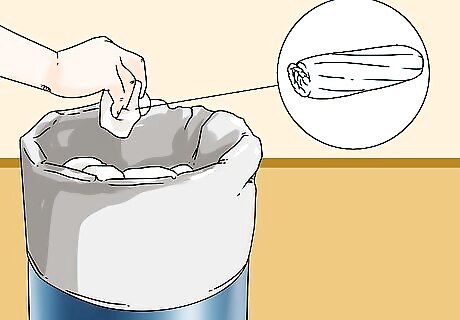
Once removed, wrap the tampon in toilet paper and place in the garbage. Some companies claim their tampons are safe to flush, but it's generally not a good idea. Tampons will eventually break down, but not quickly enough that they won't expand and clog your pipes, destroy your septic tank, and cause a lot of (expensive!) plumbing problems.
Knowing When to Change Your Tampon
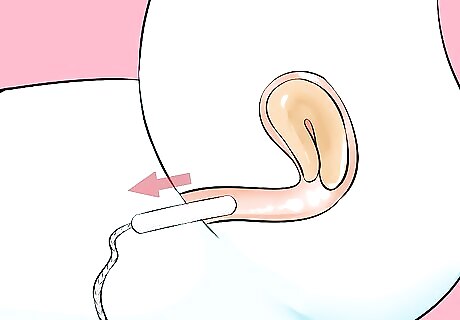
Remove your tampon every 3-5 hours to avoid saturation. Although tampons can be worn safely for up to 8 hours, they generally need to be changed more often than this. Depending on how heavy your cycle is, you need to change out your tampon every 3-5 hours to avoid leaks. Leaving a tampon in longer than 8 hours puts you at a higher risk for infection for Toxic Shock Syndrome (TSS), a rare but potentially deadly infection. If you try to change your tampon and it still has a lot of absorbency or only has a little blood on it, try switching to a lower absorbency tampon. Always wear the tampon with the lowest possible absorbency for your flow.
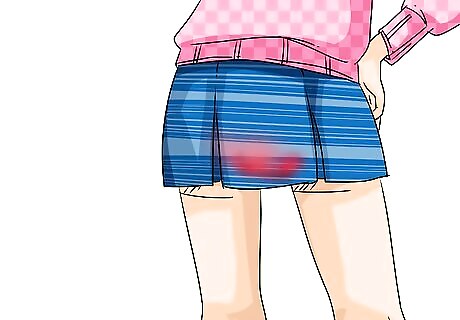
Change your tampon if you feel any wetness. This means your tampon is no longer absorbing the blood and it is leaking. Wear a thin panty-liner if you are worried about your tampon leaking.
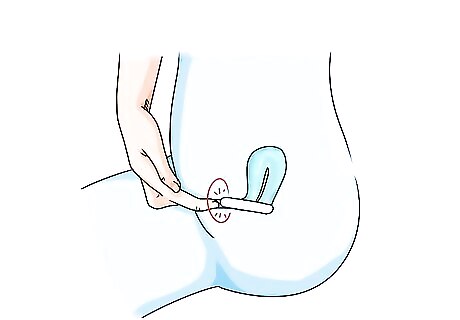
Check your tampon if it feels uncomfortable. If your tampon is inserted correctly, you should not be able to tell it is there. If you can feel something, it means the tampon is too low. With clean hands, use one finger to push the tampon further up into your vagina. If the tampon won't move or it is painful to push, your vagina is too dry and you should remove the tampon and start over. You may want to try a tampon with a lower absorbency.

Change your tampon if you tug on the string and it slides out easily. You should give the string a little experimental pull every time you go to the bathroom. If the tampon comes right out, then it's time to change.
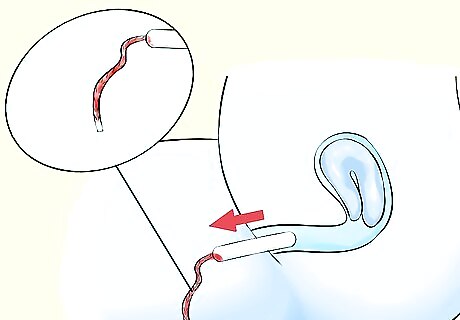
Change your tampon if there is blood on the string. Even if the tampon itself isn't fully saturated or doesn't slide out easily, if the string is bloody it means the tampon was about to leak.
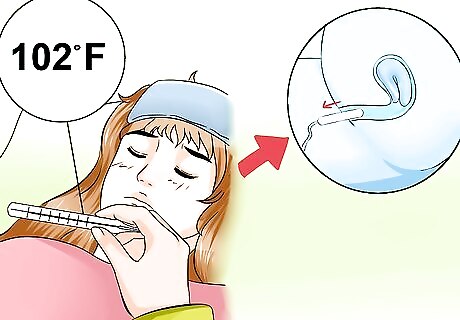
Check for symptoms of TSS (Toxic Shock Syndrome). Remove your tampon and seek medical help if you have: a sudden, high fever (usually 102°F or more); a red rash that looks like a sunburn anywhere on your body; feel dizzy or faint when standing up; or if you experience vomiting or diarrhea. These are symptoms of TSS. While it is rare, TSS can be deadly and these symptoms should be taken seriously.
Removing a Tampon with No String
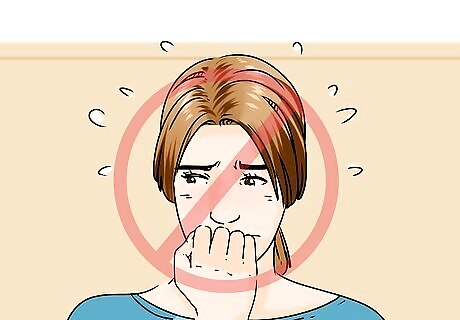
Don't panic. It is impossible for a tampon to get "lost" in your body if the string breaks or you can't find it.
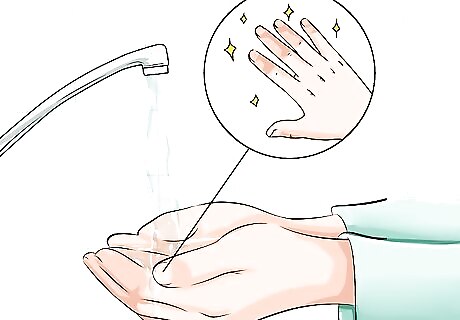
Wash your hands with soap and warm water. Wet your hands, then apply soap. Scrub your hands with the soap, then rinse your hands clean. Dry your hands with a clean towel. Your hands can harbor germs that may transfer into your vagina. Make sure your nails aren't jagged or sharp, as you might scratch yourself.
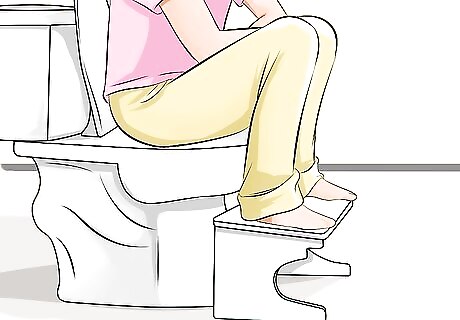
Get into the position you would normally be in when inserting a tampon. For example, you can sit over the toilet, squat, or stand with one leg up on the toilet seat. Choose the position that's most comfortable for you. Take a deep breath and try to relax.
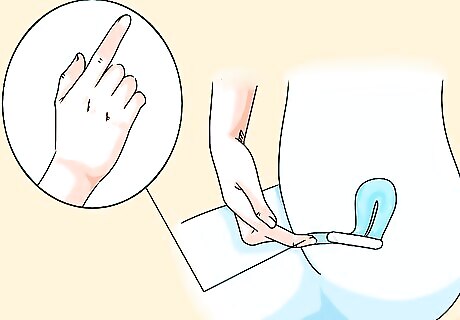
Insert your pointer finger into your vagina and feel for the tampon. Make circular and back and forth movements until you feel the tampon. It may be turned to the side or pushed up to the top of the vaginal canal, near the cervix and behind your bladder.
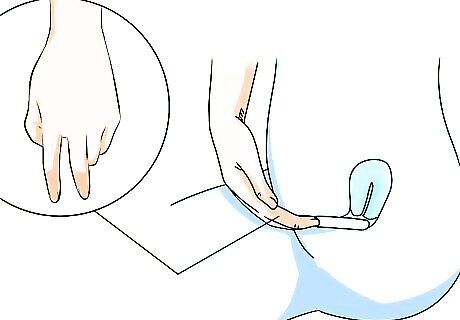
Insert two fingers, trapping the tampon between them, and pull it out. If you cannot feel the tampon or have trouble removing it, trying sitting on the toilet and pushing as though you are trying to push out a baby or go poop.




















Comments
0 comment